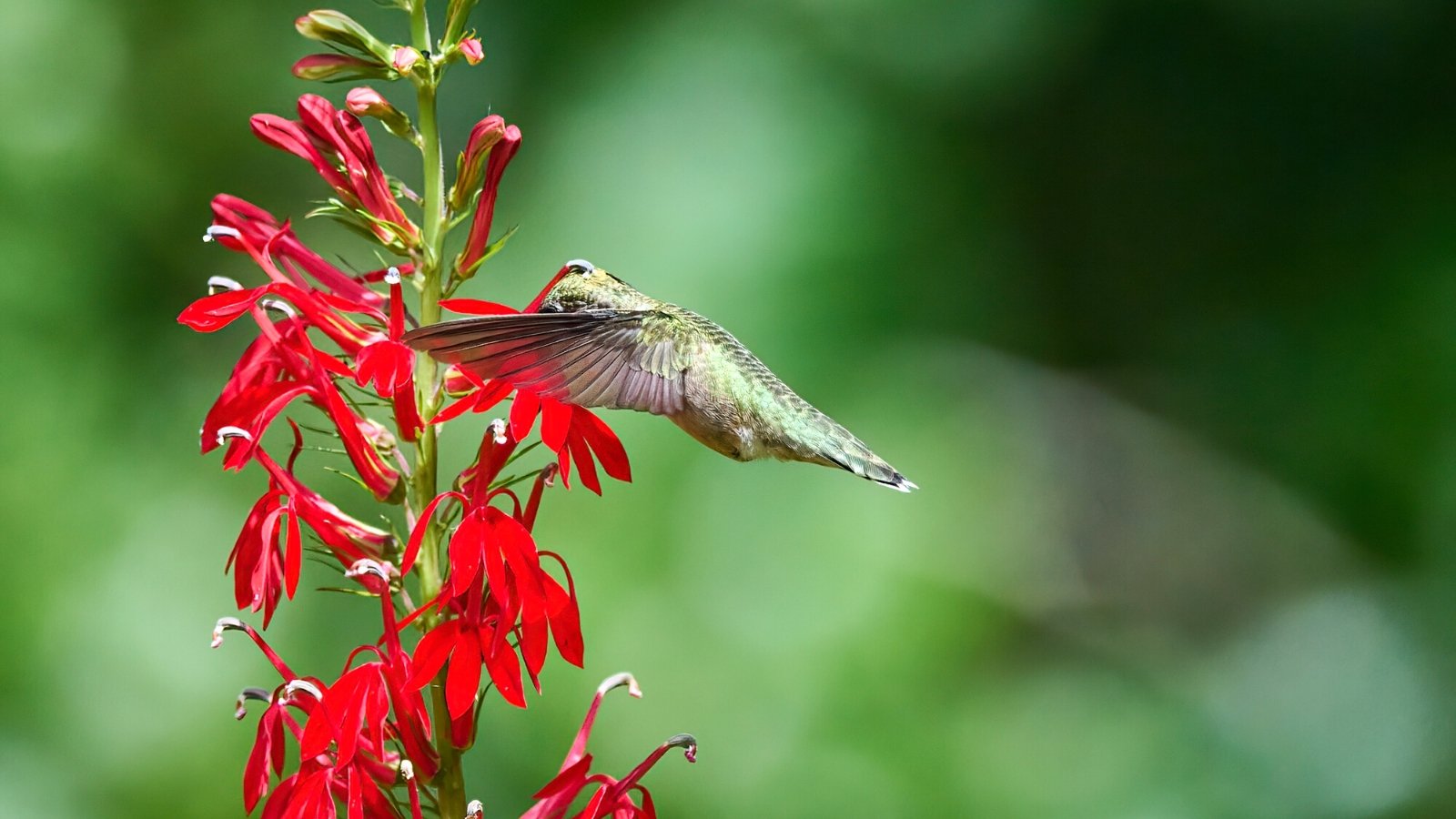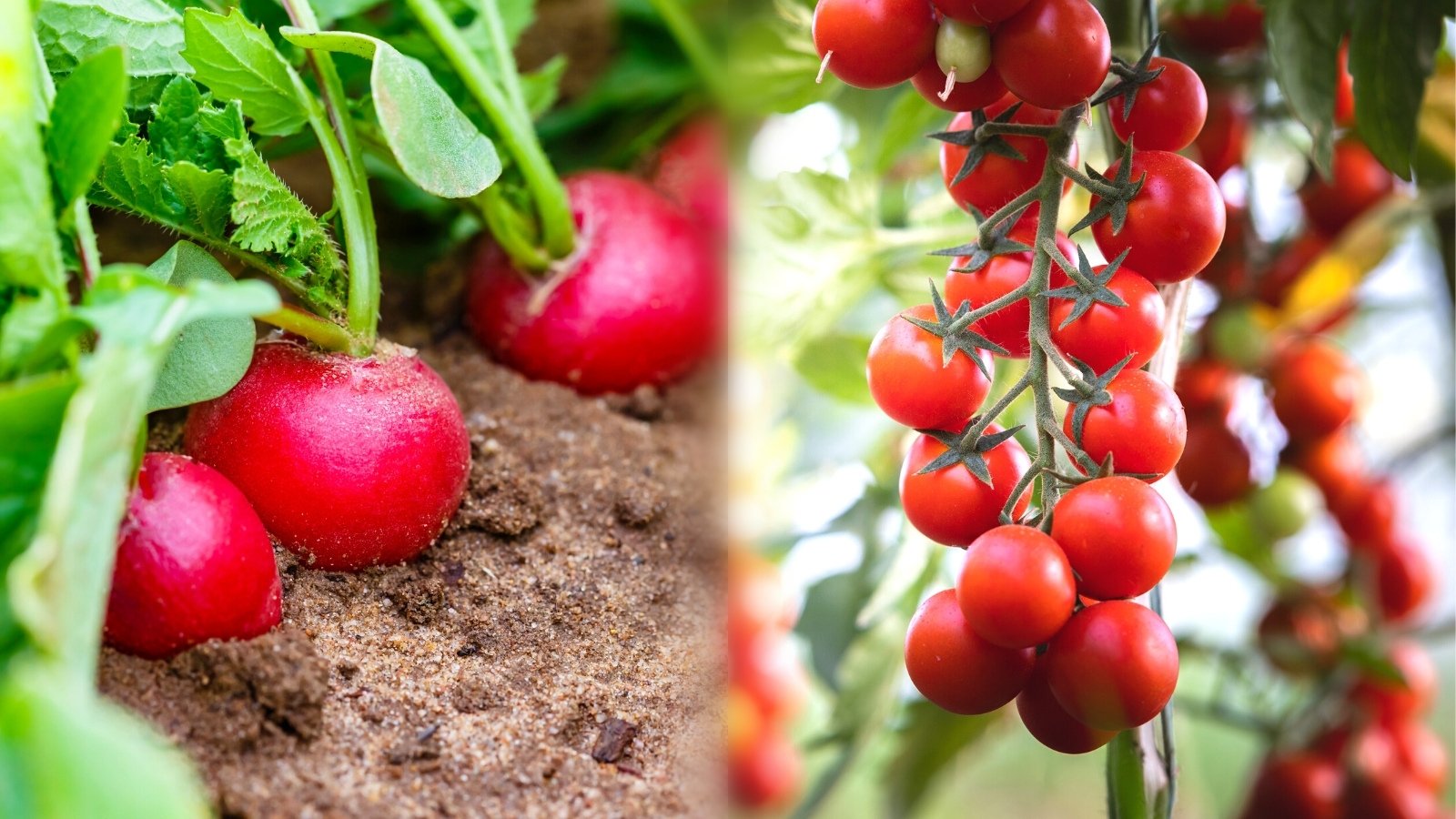Blackberries and blueberries make a great pair when it comes to pies and fruit salads. Both fruits contain a ton of fiber and a host of other nutrients that are vital to a healthy diet. Both plants are easy to grow and can produce a great yield of fruit when given the right environment.
Blackberries are the most fiber-rich fruit you can eat, meaning that for the number of calories they contain, they also contain more fiber than any other fruit or vegetable. They have many other benefits outside of tasting great.
Blueberries are powerful antioxidant agents and are a garden favorite. They are not only great for consumption, but their shrubs have beautiful white flowers that bloom while in season.
The two berries have a lot of similarities where nutrition is concerned. This makes one wonder, do these two plants have similar growth habits, and how will they perform if planted together in the garden? Let’s discuss whether blueberries and blackberries make good companions in the garden.
The Quick Answer
Blueberries and blackberries make ideal companions in the garden. Blueberries will draw pollinators and other beneficial insects to the garden, which benefits blackberries. They have similar needs, so they will not compete for nutrients, meaning a healthy crop of both berries.
The Detailed Answer

Before we look at each plant individually, let’s talk a little bit about the practice of companion planting. When we talk about planting two or more crops together for the benefit of one or all of the plants, we are talking about companion planting.
This ancient farming practice pairs plants together in the hopes that they will not only be compatible in the garden, but they might also provide extra benefits to one another.
Some of the benefits of companion planting include:
The number one reason that many gardeners choose this practice is to save space in the garden. Planting two different crops in the same space allows you to preserve more space for other plants, so you can double your gardening area.
Some plants benefit others by providing them with a particular environmental need, such as support for vining plants and protection from intense sun or wind.
Some plants help to protect others from insects that seek to destroy your harvest by masking their scent. Marigolds are excellent for this purpose.
Certain plants are highly attractive to pollinators. Including these plants in your vegetable garden will draw in pollinators, typically sticking around and pollinating your vegetable plants, leading to a greater harvest. Lavender serves a dual purpose by masking scent and deterring harmful insects, while it is particularly attractive to bees.
Certain plants, like beans and peas, are called nitrogen-fixers. They draw nitrogen from the air and enrich the soil with that nitrogen, making it a better place for other plants.
Some plants are even known to enhance the flavor of certain vegetables. While anecdotal, some gardeners will say that when basil is planted with tomatoes, it can help deter pests and make your tomatoes more flavorful.
Not all plants make perfect companions, though. There are also a handful of reasons that certain plants should be kept away from one another in the garden. Some of the reasons that plants make poor companions are:
Not all plants have the same needs. If two plants have different needs in terms of soil pH, water, fertilizer, or sun exposure, they will typically not make good companions.
Plants that are heavy feeders can cause other crops to fail by depriving them of necessary nutrients. If two plants compete for nutrients, it can lead to a reduced harvest from both.
If two plants share the same pests or diseases, they are typically considered poor companions. The reason for this is that they will become an even greater target together than apart. It is better to find these plants companions that repel rather than attract the same insects.
Blackberries and Blueberries Together
So, how compatible are blackberries and blueberries in the garden, and why? Let’s consider the interactions of these two plants, both negative and positive, in order to come to a more informed conclusion.
Sun Exposure

Both blueberries and blackberries like to be planted in full sun. They will produce the most fruit if they are given a minimum of 6 hours of direct exposure daily.
While climbing varieties of blackberries may cast shade on shrubby blueberries, shorter blackberry bushes will grow to about the same size as blueberry neighbors. This makes them a successful pairing in terms of sunlight.
Moisture

Both plants need an absolute minimum of 1” of water weekly. When it comes time for harvest, both will need an increase to about 4” of water weekly.
This is a significant increase and could potentially lead to root rot for blueberries. Fortunately, the two tend to ripen around the same time, so this is a compatible point as well.
Soil

Both blueberries and blackberries thrive in loose, well-draining soil that is high in organic matter and relatively acidic.
Blackberries do best at a pH of about 5.5-6.5, while blueberries like even more acidity at 4.0-5.0. It is possible to strike a balance between the two and keep both plants happy. The slight increase in acidity will not be to the detriment of blackberries.
Nutrients

Blackberries and blueberries are both moderate feeders. They each need a minimum of one yearly feeding in the spring. Because neither plant is a fertilizer hog, they will not compete for nutrients, making them a good match where nutrients are concerned.
Space

Blueberries have fine root systems that typically run no deeper than 10”. They are slow to spread and typically do not take up more space than they are given.
Blackberry plants, on the other hand, have deep root systems and spread quickly by underground rhizomes. This tends to be the most pressing issue for blackberries as companions.
Blackberry plants may need some extra maintenance in order to keep them in check and prevent them from popping up among your blueberry bushes.
That said, once blueberries are established, they are sturdy and difficult to choke out. If this issue is a concern, consider allowing your blueberries to have the space to themselves for their first year, and then add in your blackberries the following spring.
Pollinators

These two plants share common pollinators. They bloom close together in mid to late spring, and their profusion of small, nectar-rich blossoms will attract a ton of bumble bees and other native, non-social types of bees. In this way, they increase pollination for one another, leading to an increased yield of both berries.
Final Thoughts
In all respects, blueberries and blackberries make great companions in the garden. We might go so far as to call them ideal companions. With similar needs, and no notable disadvantages, these two plants can share real estate in the garden for many years and produce a bounty of delicious summer berries.














